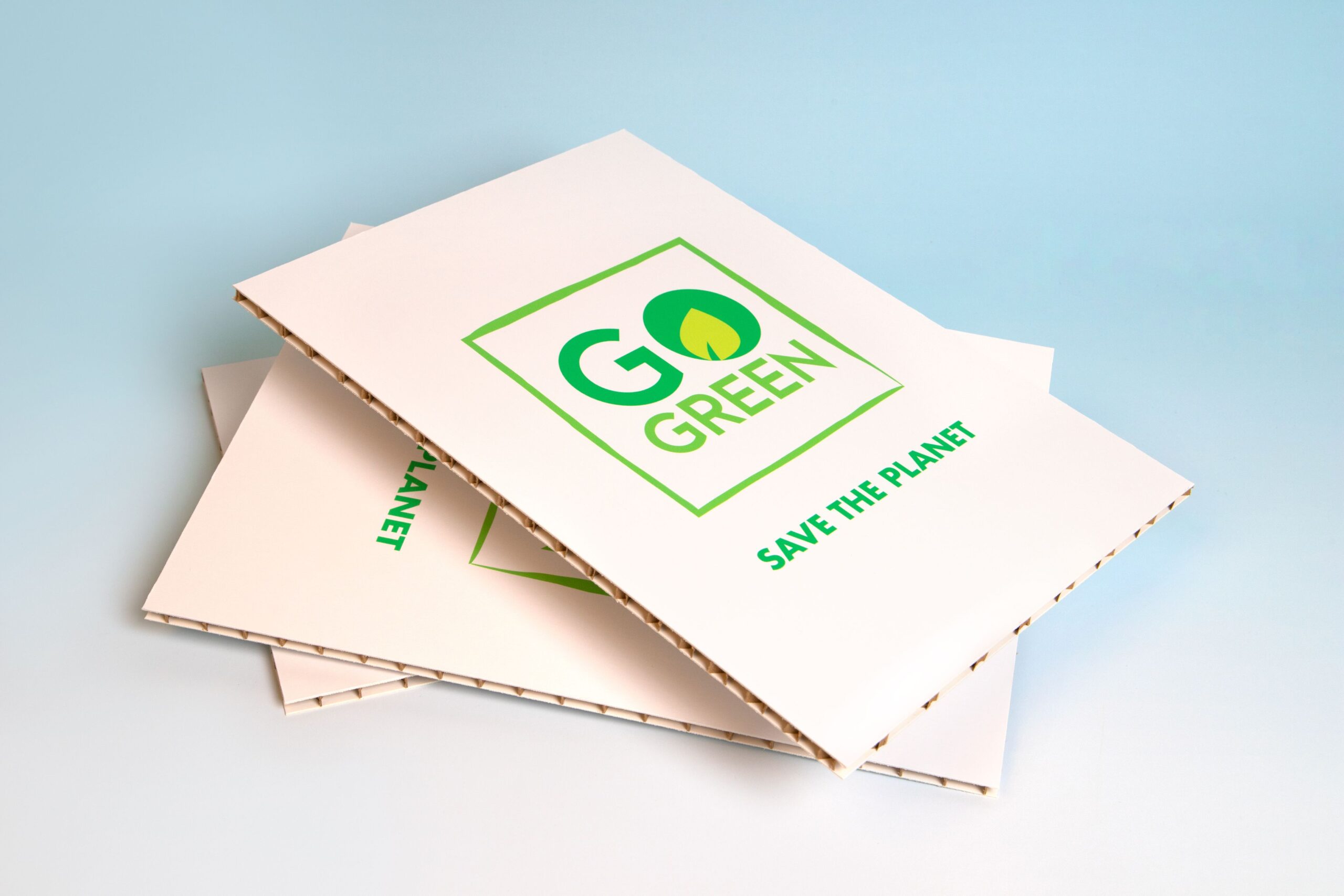
Recycled paper promotes eco-friendly printing
Recycled paper promotes eco-friendly printing by reducing waste and conserving natural resources. In today’s world, sustainability matters more than ever, and printing practices significantly impact the environment. By choosing recycled paper, businesses and individuals take a proactive step toward lowering their carbon footprint. Moreover, recycled paper supports the circular economy by turning waste into valuable products. Consequently, the printing industry can transform into a greener sector with the right materials and choices.

Understanding the Environmental Benefits of Recycled Paper
First and foremost, recycled paper reduces the need for cutting down trees. Traditional paper production depends heavily on logging, which leads to deforestation and habitat loss. Conversely, recycled paper uses post-consumer waste, minimizing the demand for virgin pulp. As a result, forests remain intact, preserving biodiversity and maintaining ecosystems. Additionally, recycled paper manufacturing consumes less water and energy, making the process more environmentally friendly. Thus, the overall impact on natural resources decreases significantly when recycled paper becomes the preferred option.
How Recycled Paper Supports Sustainable Printing Practices
Moreover, recycled paper promotes eco-friendly printing by encouraging sustainable production cycles. Printers using recycled paper often adopt greener technologies to complement their material choices. For instance, many companies switch to soy-based or vegetable-based inks, which degrade faster and emit fewer toxins. In turn, these practices reduce hazardous waste and pollution associated with conventional printing. Also, recycled paper tends to be produced closer to distribution points, cutting down transportation emissions. Therefore, the entire printing supply chain becomes more sustainable through conscious material and process selection.
Addressing Common Misconceptions About Recycled Paper Quality
Despite its benefits, some still question whether recycled paper matches the quality of virgin paper. However, advances in recycling technology have improved paper texture, brightness, and strength. Today’s recycled paper performs just as well in printing presses, copiers, and everyday use. In fact, many manufacturers produce recycled paper specifically tailored for high-quality printing jobs. Thus, users need not sacrifice performance for sustainability. Instead, they can enjoy both, proving that recycled paper promotes eco-friendly printing without compromising standards.
Economic Advantages of Choosing Recycled Paper
Beyond environmental perks, recycled paper offers economic advantages that appeal to businesses. Since recycled paper supports waste reduction and energy efficiency, it often lowers overall production costs. Many governments and organizations incentivize eco-friendly purchases through tax breaks or rebates. Furthermore, companies promoting sustainable printing improve their brand reputation, attracting environmentally conscious customers. Consequently, adopting recycled paper can enhance profitability while supporting green initiatives. This dual benefit encourages widespread adoption of recycled paper in the printing industry.
Practical Tips for Integrating Recycled Paper Into Your Printing Workflow
To make the most of recycled paper, businesses and individuals should incorporate it thoughtfully into their printing routines. Start by sourcing certified recycled paper that meets industry standards like FSC or EPA guidelines. Next, communicate with printing partners to ensure compatibility with recycled materials. Additionally, reduce unnecessary printing by adopting digital alternatives and printing double-sided when possible. Regularly monitor paper usage to track progress and identify areas for improvement. By following these steps, users demonstrate how recycled paper promotes eco-friendly printing in practical, impactful ways.
Conclusion: Embrace Recycled Paper for a Greener Printing Future
In conclusion, recycled paper promotes eco-friendly printing by conserving resources, supporting sustainable production, and reducing environmental harm. It addresses common concerns about quality and offers economic incentives that benefit businesses and communities. By integrating recycled paper into daily printing workflows, everyone contributes to a healthier planet. Transitioning to recycled paper represents a simple yet powerful way to advance sustainability in the printing sector. Ultimately, eco-friendly printing becomes achievable when recycled paper takes center stage.






